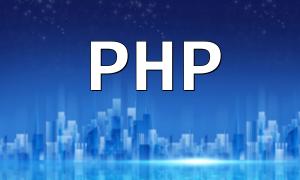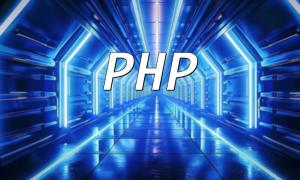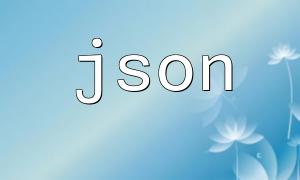Before installing PHP, ensure your computer meets the following requirements:
Operating system: Windows, macOS, or Linux.
Web server software installed, such as Apache or Nginx.
Necessary dependencies like MySQL database.
You can download the latest PHP version from the official website by following these steps:
Open your browser and go to https://www.php.net/downloads to access the PHP download page.
Choose the PHP version that matches your operating system, preferably the latest stable release.
Click the download link to save the compressed file to your local machine.
Use an extraction tool to unzip the downloaded PHP archive. After extraction, you will find a PHP folder containing multiple files and subfolders.
If you are using Windows, add the PHP directory path to the system environment variables:
Right-click "This PC" and select "Properties", then click "Advanced system settings" and go to "Environment Variables".
Locate the "Path" variable under System variables, click "Edit", and add the PHP installation path (e.g., C:\php).
Inside the PHP folder, find php.ini-development or php.ini-production, copy it, and rename the copy to php.ini. Modify configurations as needed, such as setting the timezone:
<span class="fun">date.timezone = "Asia/Shanghai"</span>
Open the command prompt and type php -v. If PHP version info is displayed, the installation is successful.
After installation, integrate PHP with your web server. Below are simple configuration examples for Apache and Nginx:
Add the following to Apache's httpd.conf:
LoadModule php_module "C:/php/php7apache2_4.dll"
AddType application/x-httpd-php .phpAdd PHP support in Nginx configuration:
location ~ \.php$ {
include fastcgi_params;
fastcgi_pass 127.0.0.1:9000;
fastcgi_index index.php;
fastcgi_param SCRIPT_FILENAME $document_root$fastcgi_script_name;
}Following the above steps, you have successfully downloaded, installed, and configured PHP. Whether starting a new project or maintaining an existing one, mastering the PHP installation process is fundamental. For any issues, consult the official documentation or community resources. Happy coding!









